Environmentalists Says Euro MPG & Emissions Testing Allows Gaming By Automakers

The prevailing narrative seems to be that the United States lags behind Europe in addressing issues like fuel economy and emissions. U.S. regulatory standards are seen as not as rigorous as those used in the European Union. Cars sold in the European market get better gas/diesel mileage and put out less supposedly harmful carbon dioxide and other products of combustion. Now, the Economist is reporting that an environmental group is claiming that the Euro standards are a bit of a sham because the system in Europe allows automakers to game the testing procedures, resulting in poorer real-world performance than that indicated by testing.
Based on data compiled by the International Council on Clean Transportation, the special interest group Transport & Environment says that in 2013, actual fuel economy in Europe was, on average, 38% worse than advertised test results. Transport & Environment blamed out of date procedures and a system that permits some fudging. Prototypes, not production vehicles, are tested and they can be tested without standard equipment like infotainment systems to save weight. External mirrors, which contribute aero drag are also sometimes deleted in the test vehicles. Regular oil is replaced by advanced lubricants. Panel gaps are taped to improved aerodynamics and wheels are shod with low resistance tires filled with gases that supposedly perform better than regular compressed atmospheric air.
Transport & Environment also claims that the Euro test cycle favors gentle acceleration and relatively low speeds and testing is permitted at fairly high temperatures, 29 C / 84 F. Combustion engines are said to be more efficient at higher temps and it definitely helps with emissions. Engine control units supposedly can switch to special modes that produce better fuel economy and reduced pollution.
In the U.S., automakers do their own testing but the Environmental Protection Agency does its own testing to check the results that the automakers provide. Ford and Hyundai have both run afoul of U.S. regulators for overstating fuel economy claims. In Europe, testing is supervised by regulators in each country but the tests themselves are performed by firms under contract to the automakers. Those firms have to compete for business and tell potential customers how they can optimize conditions. One Spanish testing facility is favored because it’s specially smoothed paving can improve fuel economy by as much as 3%. Another selling point for that track is that is at high altitude where the thinner air creates less aero drag.
The tests are overseen by national regulators, but carmakers pay specialist firms to carry them out. These companies compete for business by promising to “optimise” conditions. One popular test track in Spain is at high altitude (the thinner air reduces aerodynamic drag) and has a surface so smooth that it alone improves efficiency by three percentage points.
The European Union is implementing some very strict carbon emissions targets but most automakers say they’ve met those targets well in advance of the deadlines. Transport & Environment claims that is at least partly a sham, that much of the progress reported comes from statistical manipulation, not improved technology.
The European Commission says that new procedures it wants to implement by 2017 will more closely model real world driving behavior, though the German and French auto industries are lobbying their national governments to stall those revised tests.
Ronnie Schreiber edits Cars In Depth, a realistic perspective on cars & car culture and the original 3D car site. If you found this post worthwhile, you can get a parallax view at Cars In Depth. If the 3D thing freaks you out, don’t worry, all the photo and video players in use at the site have mono options. Thanks for reading – RJS

Ronnie Schreiber edits Cars In Depth, the original 3D car site.
More by Ronnie Schreiber
Latest Car Reviews
Read moreLatest Product Reviews
Read moreRecent Comments
- W Conrad I'm not afraid of them, but they aren't needed for everyone or everywhere. Long haul and highway driving sure, but in the city, nope.
- Jalop1991 In a manner similar to PHEV being the correct answer, I declare RPVs to be the correct answer here.We're doing it with certain aircraft; why not with cars on the ground, using hardware and tools like Telsa's "FSD" or GM's "SuperCruise" as the base?Take the local Uber driver out of the car, and put him in a professional centralized environment from where he drives me around. The system and the individual car can have awareness as well as gates, but he's responsible for the driving.Put the tech into my car, and let me buy it as needed. I need someone else to drive me home; hit the button and voila, I've hired a driver for the moment. I don't want to drive 11 hours to my vacation spot; hire the remote pilot for that. When I get there, I have my car and he's still at his normal location, piloting cars for other people.The system would allow for driver rest period, like what's required for truckers, so I might end up with multiple people driving me to the coast. I don't care. And they don't have to be physically with me, therefore they can be way cheaper.Charge taxi-type per-mile rates. For long drives, offer per-trip rates. Offer subscriptions, including miles/hours. Whatever.(And for grins, dress the remote pilots all as Johnnie.)Start this out with big rigs. Take the trucker away from the long haul driving, and let him be there for emergencies and the short haul parts of the trip.And in a manner similar to PHEVs being discredited, I fully expect to be razzed for this brilliant idea (not unlike how Alan Kay wasn't recognized until many many years later for his Dynabook vision).
- B-BodyBuick84 Not afraid of AV's as I highly doubt they will ever be %100 viable for our roads. Stop-and-go downtown city or rush hour highway traffic? I can see that, but otherwise there's simply too many variables. Bad weather conditions, faded road lines or markings, reflective surfaces with glare, etc. There's also the issue of cultural norms. About a decade ago there was actually an online test called 'The Morality Machine' one could do online where you were in control of an AV and choose what action to take when a crash was inevitable. I think something like 2.5 million people across the world participated? For example, do you hit and most likely kill the elderly couple strolling across the crosswalk or crash the vehicle into a cement barrier and almost certainly cause the death of the vehicle occupants? What if it's a parent and child? In N. America 98% of people choose to hit the elderly couple and save themselves while in Asia, the exact opposite happened where 98% choose to hit the parent and child. Why? Cultural differences. Asia puts a lot of emphasis on respecting their elderly while N. America has a culture of 'save/ protect the children'. Are these AV's going to respect that culture? Is a VW Jetta or Buick Envision AV going to have different programming depending on whether it's sold in Canada or Taiwan? how's that going to effect legislation and legal battles when a crash inevitibly does happen? These are the true barriers to mass AV adoption, and in the 10 years since that test came out, there has been zero answers or progress on this matter. So no, I'm not afraid of AV's simply because with the exception of a few specific situations, most avenues are going to prove to be a dead-end for automakers.
- Mike Bradley Autonomous cars were developed in Silicon Valley. For new products there, the standard business plan is to put a barely-functioning product on the market right away and wait for the early-adopter customers to find the flaws. That's exactly what's happened. Detroit's plan is pretty much the opposite, but Detroit isn't developing this product. That's why dealers, for instance, haven't been trained in the cars.
- Dartman https://apnews.com/article/artificial-intelligence-fighter-jets-air-force-6a1100c96a73ca9b7f41cbd6a2753fdaAutonomous/Ai is here now. The question is implementation and acceptance.
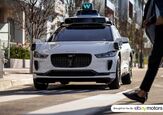
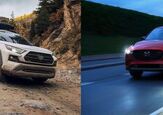














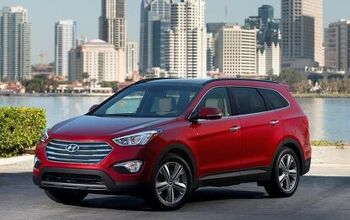
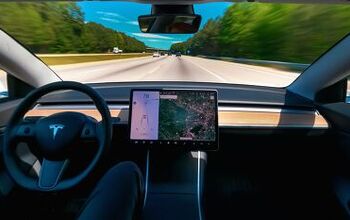

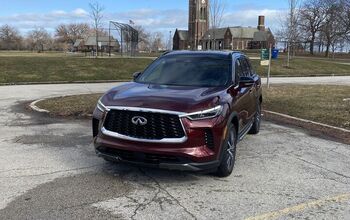

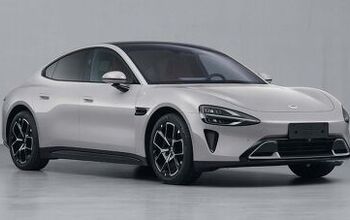
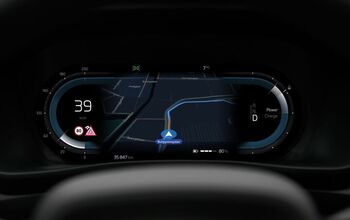
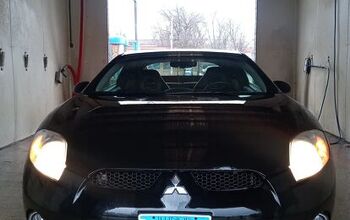

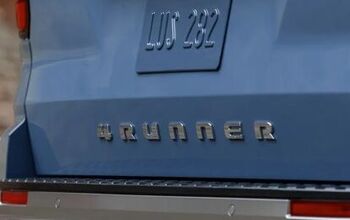
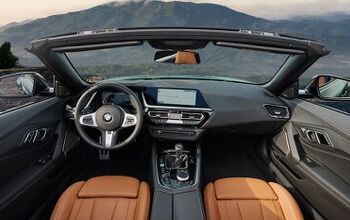
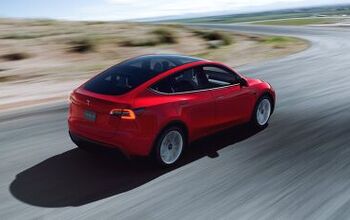
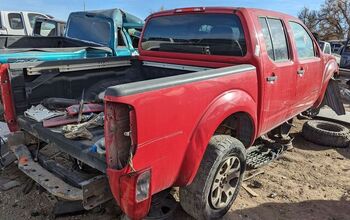
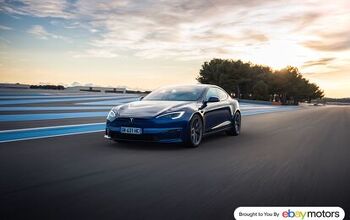

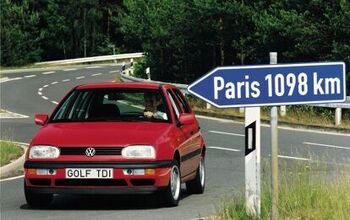

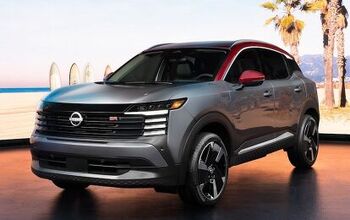
Comments
Join the conversation
Sounds possible to me, my recent Mondeo diesel wagon averaged 6.6 l/100km over the 15000 km I had it, which is about 36 mpgUS, and that includes towing a 3/4 ton trailer 30% of the time.
My ride (a 15-year-old I30) gets pretty much the same 20/28 as advertised on the window sticker. The 2008 Fudge Factor dropped the official numbers to 17/25. The car, to my knowledge, didn't notice.